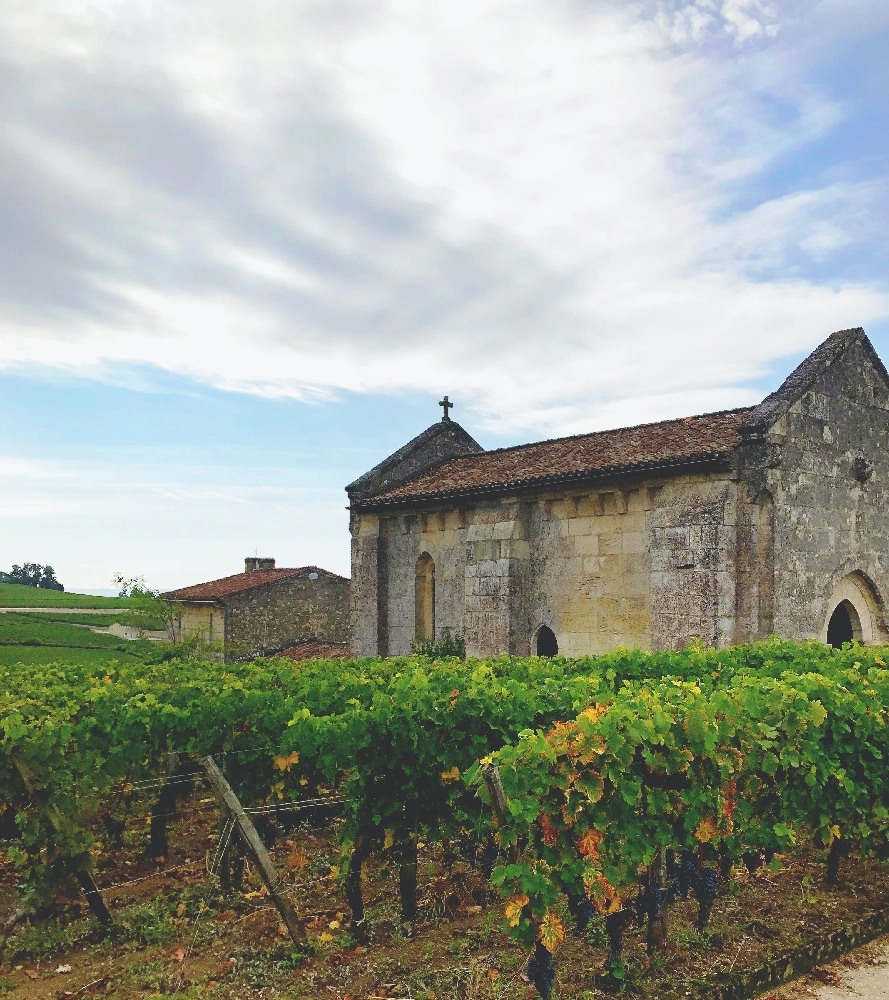
Chianti Rùfina Wineries & Wines Stats
Wineries
23
Wines
121
Chianti Rufina: A Historical Wine Significance Review of Tuscany's Ancestral Terroir
Introduction Chianti Rufina, a lesser-known yet historically significant wine region nestled in the heart of Tuscany, Italy, has been producing wines that reflect the rich heritage of the area for centuries. With a deep connection to the land and its ancient winemaking traditions, Chianti Rufina remains an essential component of the broader Italian wine culture. This review aims to shed light on this captivating region's historical significance, grape varietals, unique characteristics, and food pairings.
Historical Significance The history of Chianti Rufina dates back to Etruscan times, making it one of the oldest continuously inhabited wine regions in Italy. Its strategic location between Florence and Bologna allowed for a rich exchange of culture and commerce that played a significant role in shaping its winemaking traditions. The region's name derives from the Latin term "Rufinus," meaning red, alluding to the red wines produced here. Chianti Rufina gained international recognition with the establishment of the Chianti Classico wine consortium in 1716.
Grape Varietals Chianti Rufina's wines are primarily made from Sangiovese grapes, which account for up to 90% of the plantings. The unique terroir and climate of this region contribute to the development of complex flavors and aromas in these wines. Other local varietals include Canaiolo Nero, Colorino, and Malvasia Nera di Brunnello.
Wine Styles and Characteristics Chianti Rufina is renowned for its red wines, characterized by their ruby red color, intense aromas, and elegant tannins. The region's terroir, influenced by the Arno and Pesa rivers and the nearby Apennine Mountains, imparts distinct mineral notes and a savory character to the wines. Chianti Rufina Classico DOCG, which includes the subzones of Castellina in Chianti, Gallo Nero, and Radda in Chianti, represents the finest expressions of this historic wine region.
Food Pairings Chianti Rufina's versatile wines pair beautifully with a wide range of Tuscan dishes. The bold flavors and tannins in these wines complement hearty meats such as wild boar, roasted rabbit, and game birds. They also complement more delicate pasta dishes featuring truffles or tomato sauces. Moreover, Chianti Rufina is an excellent choice for pairing with aged cheeses like Pecorino Toscano and Fiore Sardo.
Conclusion Chianti Rufina's historical significance extends far beyond its picturesque vineyards and rolling hills. This ancient wine region has preserved the rich winemaking traditions of the past while continuously innovating to meet the modern palate. With its deep connection to Tuscany's cultural heritage, Chianti Rufina continues to inspire and delight both local residents and international visitors alike.
